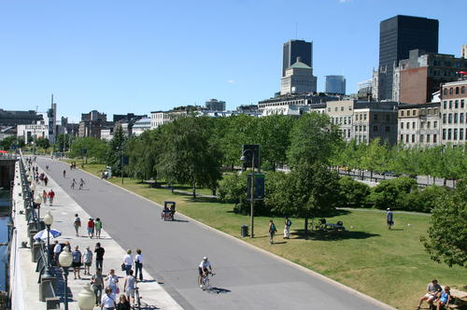In 2010, Harvard’s Graduate School of Design published Ecological Urbanism, a book of interdisciplinary essays on sustainable city-building. But the project had one inescapable shortcoming: When you’re dealing with a field that’s evolving so rapidly, a finite, physical book is liable to be outdated by the time it leaves the printer.
So upon completing the collection, the school commissioned Portland-based interactive studio Second Story to transform the book into an iPad app, a resource that would draw from the original text but could also be updated with new projects and papers as needed. Now available for free, the app shows how dynamic areas of study can benefit greatly from equally dynamic texts.
Features like interactive graphs are innovative ways to access data, as well as useful tools for understanding it. "While working on the app, we found that the data visualizations revealed patterns that told another meta-story that already existed in the book," he says. "Essentially, the patterns illustrated trends in sustainable design, which is attractive for both scholars and the general reader to see."
Visit the link to learn more about how this new format has given research and urban issues a stronger, more engaging and current platform with which users to engage...
Via
Lauren Moss



 Your new post is loading...
Your new post is loading...










